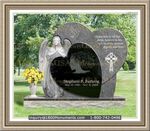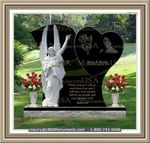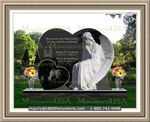|
Observing Details Of Jewish Funeral Rites
A traditional Jewish funeral has certain elements to it. The main aim of these rituals is to honor the dead person, while being sensitive to his surviving family members. Generally, the specific customs carried out depends on the community the deceased person hailed from. But there are general customs that are observed at most burials.
Burial is normally carried out within a day when a person dies. The burial may be postponed for another day or two, so as to wait for any close family member who has to travel from a far place to attend the burial. It's totally up to the family to decide whether the burial should be postponed or whether it should go ahead as required by custom.
The casket is normally kept sealed at the memorial service. It is generally considered rude to look at someone who cannot look back at you. A plain and simple coffin is used. The coffin should be made from wood only as not metal parts are allowed, as metal does not decompose.
The body is not embalmed unless it is mandatory by law. This is to allow for fast decomposition when buried. A sacred society can be called upon to cleanse the body of the deceased and prepare it for burial. They bath the deceased and dress him.
The burial ceremony does not take a long time. It can be completed in less than half an hour. Flowers are normally considered as frivolous adornments, so they are often avoided at burials. If you wish, you can choose to have a small floral tribute, as long as the officiant is not opposed to it. Mourners cannot talk to the attendees until the whole burial ceremony is over.
At a Jewish funeral, the attendees form a double line when leaving the site after the burial. The family members of the deceased walk through the pathway that has been formed. This gives an opportunity to the attendees to greet and offer words of comfort to the bereaved.
|
|



























